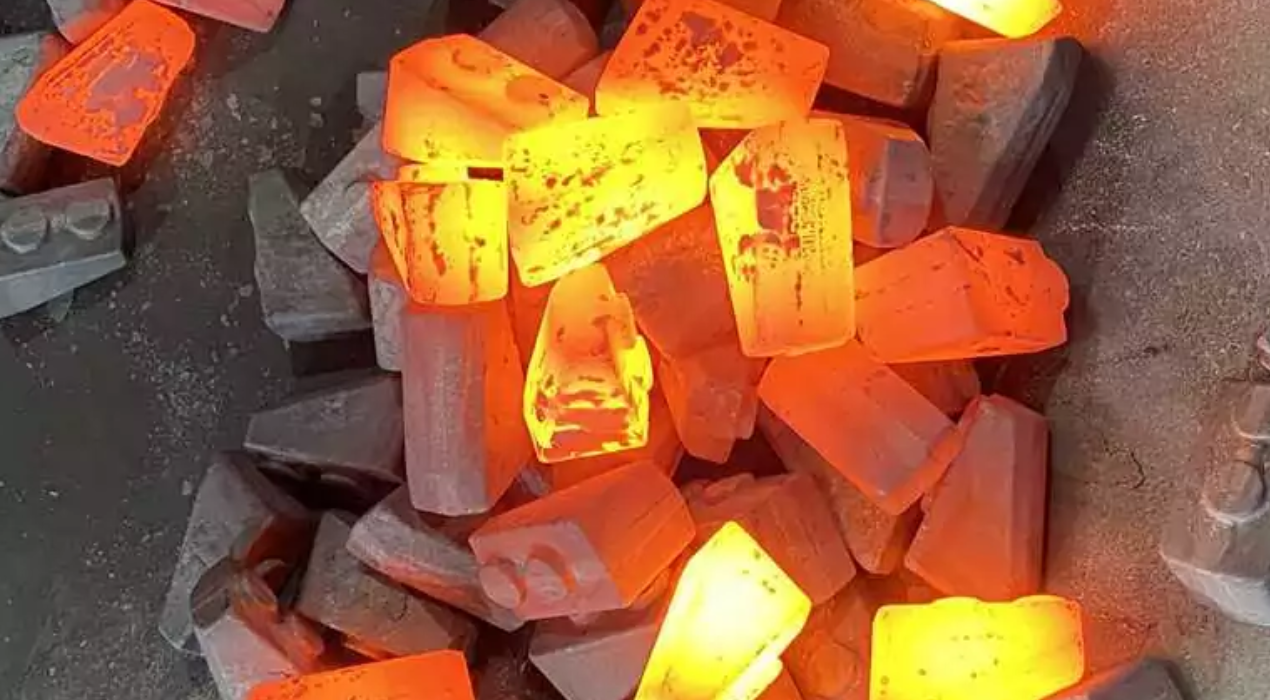Cold forging is a vital production method acknowledged for its enormous benefits in producing high-strength and durable metal components. This approach entails shaping metallic at room temperature or close to room temperature, which ends up in a sophisticated grain structure and enhanced mechanical properties. The system minimizes the need for secondary machining, main-to-value savings, and stepped-forward performance.
Cold forging also ensures tighter tolerances and superior floor end in comparison to other strategies, which is important for precision engineering programs. Moreover, due to the fact the procedure occurs at decreased temperatures, it reduces the power intake and environmental impact associated with metalworking. The high-strength characteristics performed through cold forging process make it perfect for generating components that resist extreme strain, which is vital in industries.
Material Selection Considerations for the Cold Forging Process
Material choice is vital in cold forging, as it without delay influences the quality, performance, and fee of the final product. The selection of material affects the system’s feasibility, and performance. Knowledge of the material characteristics helps in optimizing the forging process, making sure that the final product meets the desired specifications and practical necessities.
Material Compatibility and Cold Forging
Material compatibility is important for successful cold forging. The selected material must be well suited to the forging process and the system used. Some materials, which include sure alloys, may additionally require unique tooling or changes in system parameters. Making sure compatibility helps in accomplishing accurate dimensions and surface finish, reduces the threat of defects, and extends the lifespan of the tooling and machinery used inside the forging manner.
Impact of Material Composition on Forging Performance
The composition of the material extensively influences the cold forging manner and the final product’s houses. Alloying elements can alter mechanical houses, which include strength, hardness, and ductility. For example, adding carbon to metallic complements its power but can also affect its ductility. Reading the material composition guarantees that the cast element will meet the performance necessities and preserve the desired houses throughout its service life.
Processing Considerations for Different Materials
Special materials require particular processing issues in cold forging. For example, high-power substances may also need better-forging forces and more specific temperature management. Materials with high ductility may require specific die designs to save you immoderate deformation. Knowledge of these processing necessities allows for optimizing the cold forging process, enhancing efficiency, and ensuring that the final product meets the specified specs.
Cost Considerations in Material Selection
Cost is a crucial factor in material selection for cold forging. The cost of raw substances can vary substantially primarily based on factors including availability, first-rate, and marketplace conditions. Selecting materials that provide stability among overall performance and price helps in managing manufacturing costs and achieving a fee-effective production method. Comparing the fee implications of different materials ensures that the very last product remains aggressive and economically possible.
Testing and Validation of Forged Materials
Testing and validation are essential to confirm that the chosen material plays as anticipated within the cold forging system. This includes undertaking mechanical tests, together with tensile and effect exams, to assess the material’s properties and make sure they meet the specified standards. Validation additionally entails inspecting the solid components for dimensional accuracy and floor finish. Rigorous checking out guarantees the reliability and satisfaction of the final product.
Environmental and Sustainability Considerations
Environmental and sustainability elements are more and more crucial in material selection for cold forging. Selecting substances with decreased environmental effects, inclusive of those that are recyclable or have lower carbon footprints, contributes to sustainable production practices. Moreover, deciding on materials that reduce waste and strength consumption through the forging process aligns with broader environmental desires and promotes accountable manufacturing practices.
Conclusion
Material choice is a fundamental aspect of the cold forging procedure, influencing the best, overall performance, and fee of the final product. Through thinking about key properties, producers can optimize their forging methods and gain superior consequences. Balancing overall performance with price ensures that the selected substances meet sensible and ethical standards. As technology advances, staying abreast of the latest materials and tendencies will help in constantly enhancing cold forging practices and retaining a competitive facet inside the enterprise.
